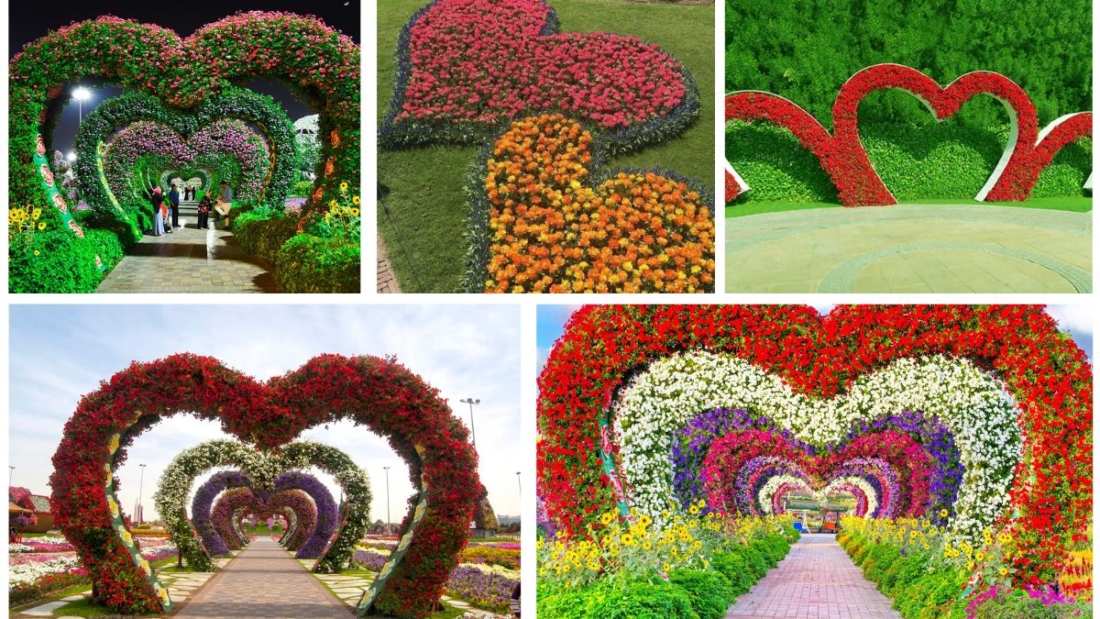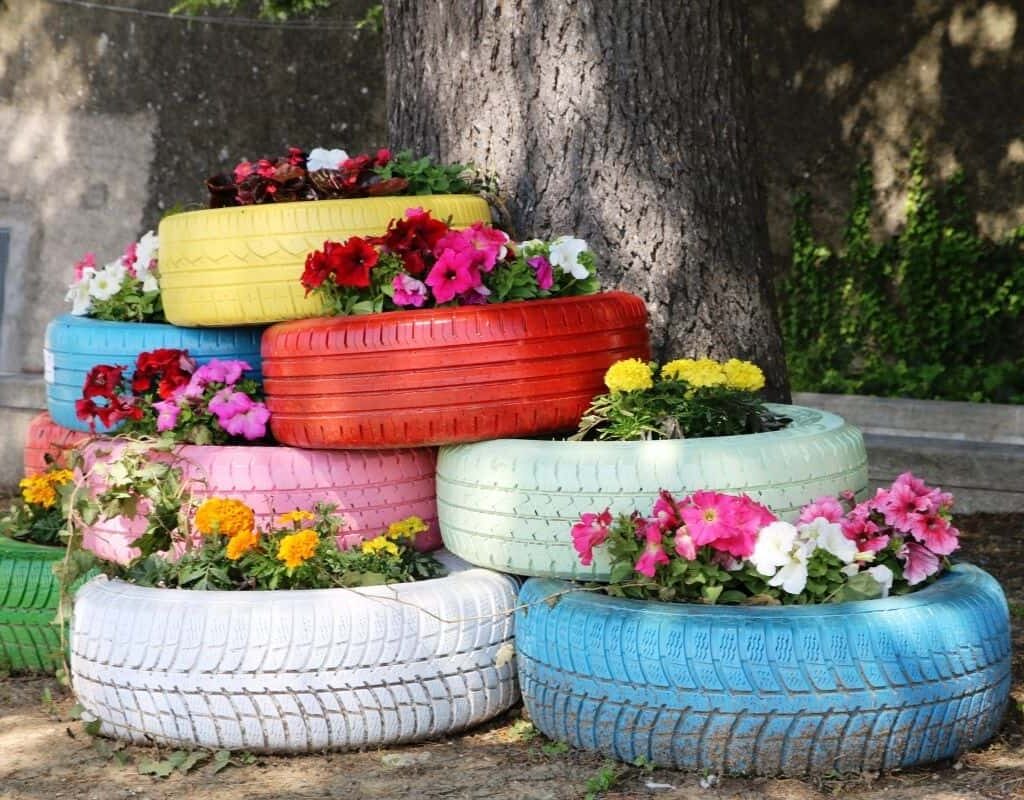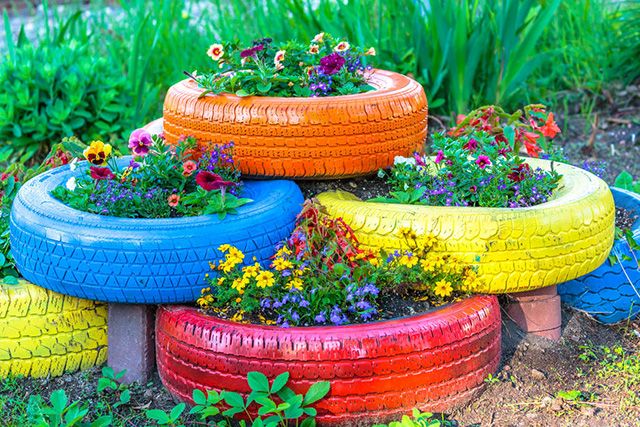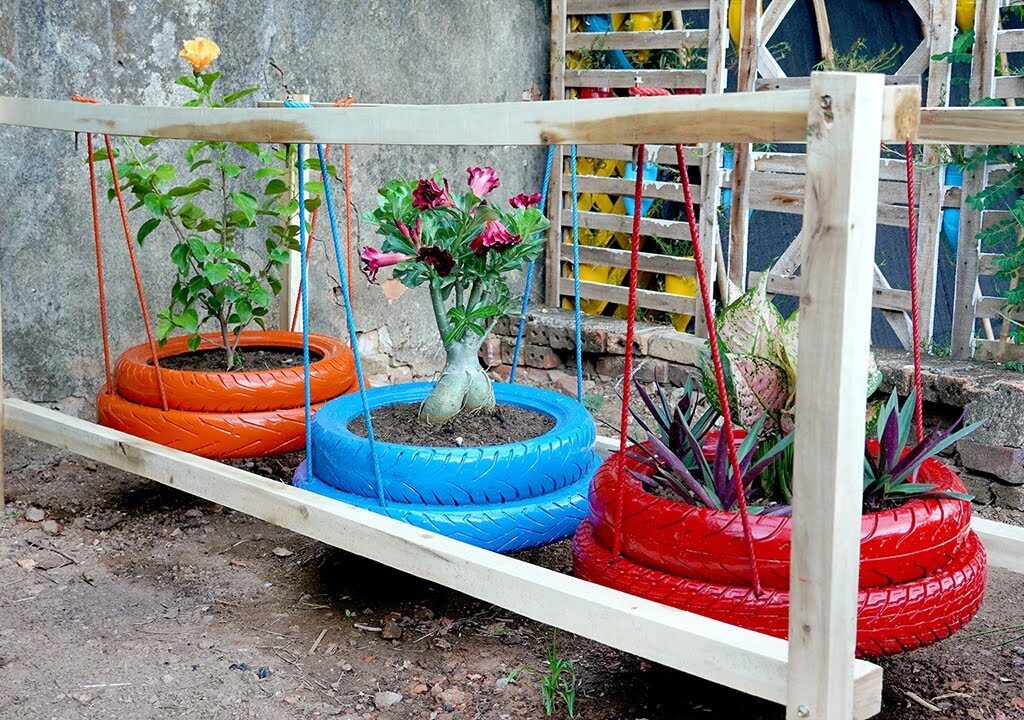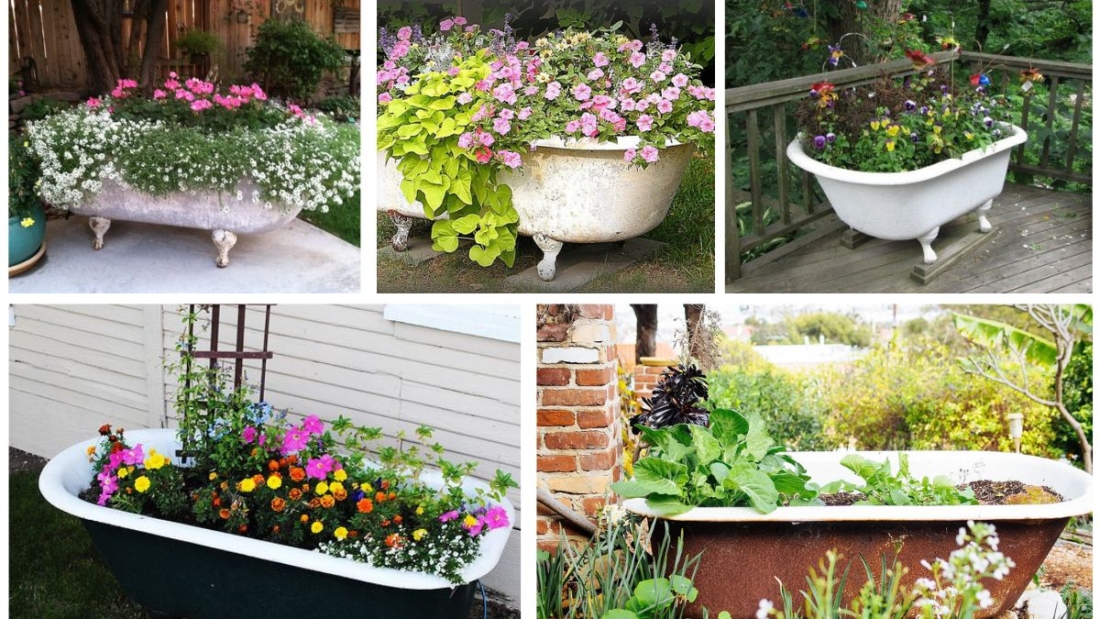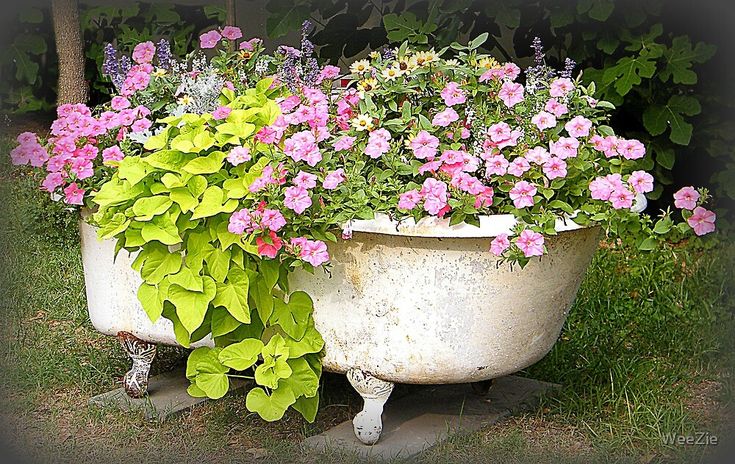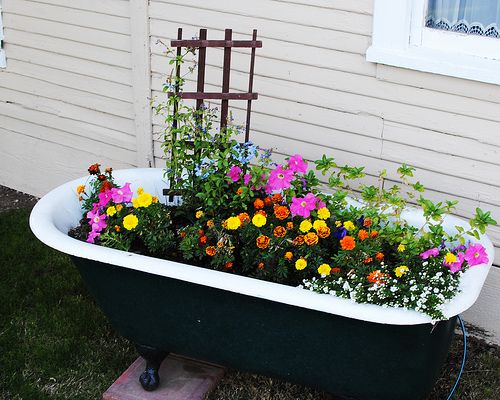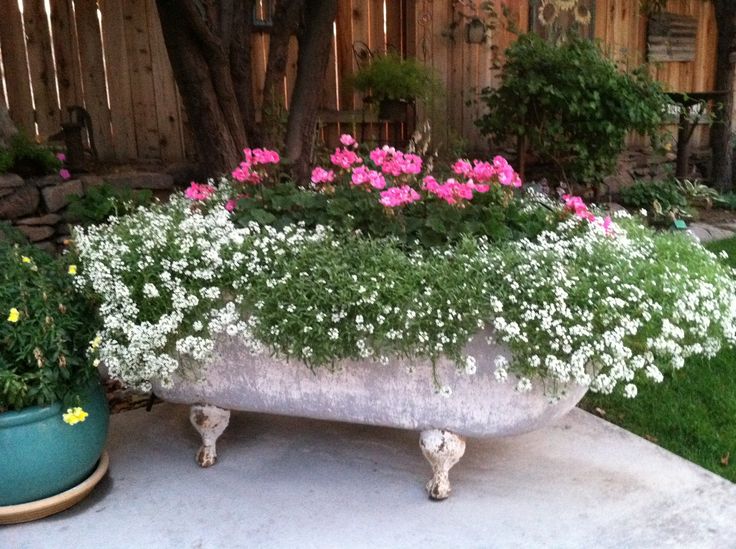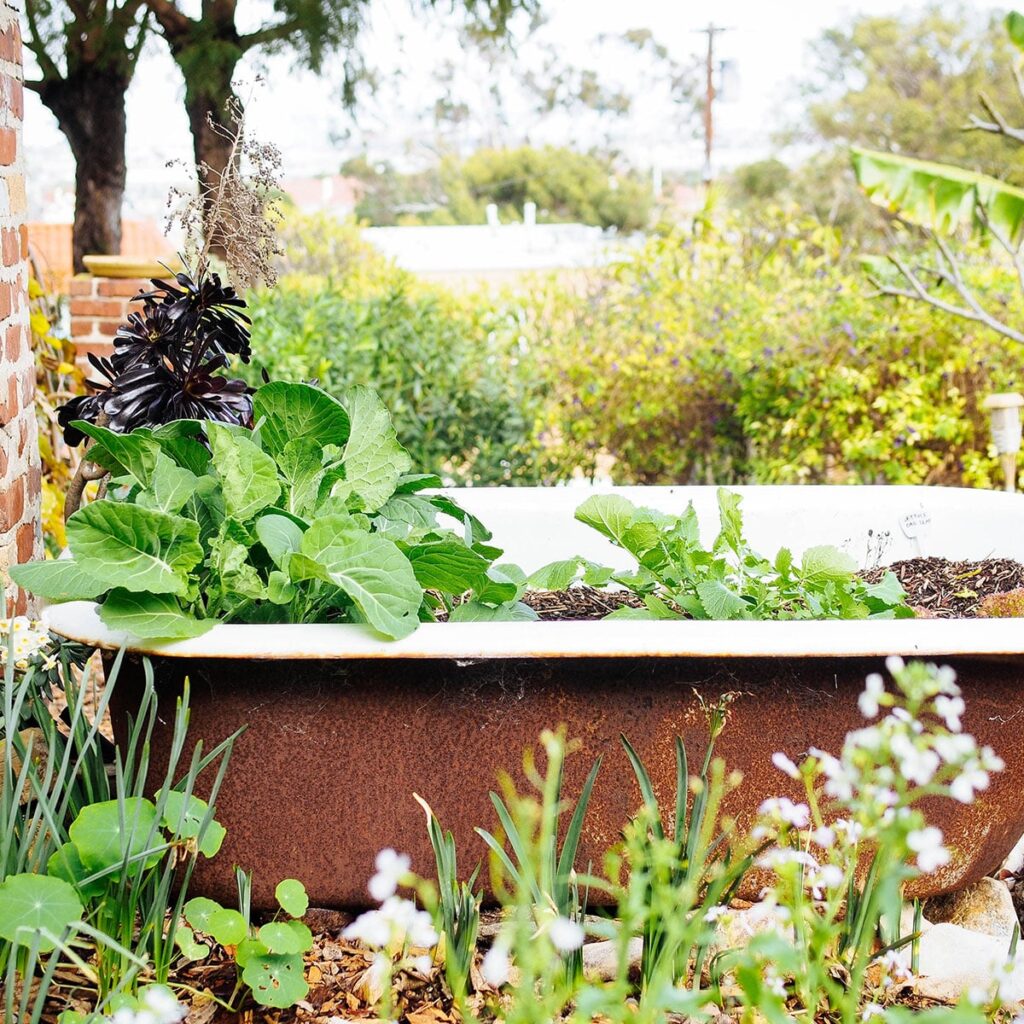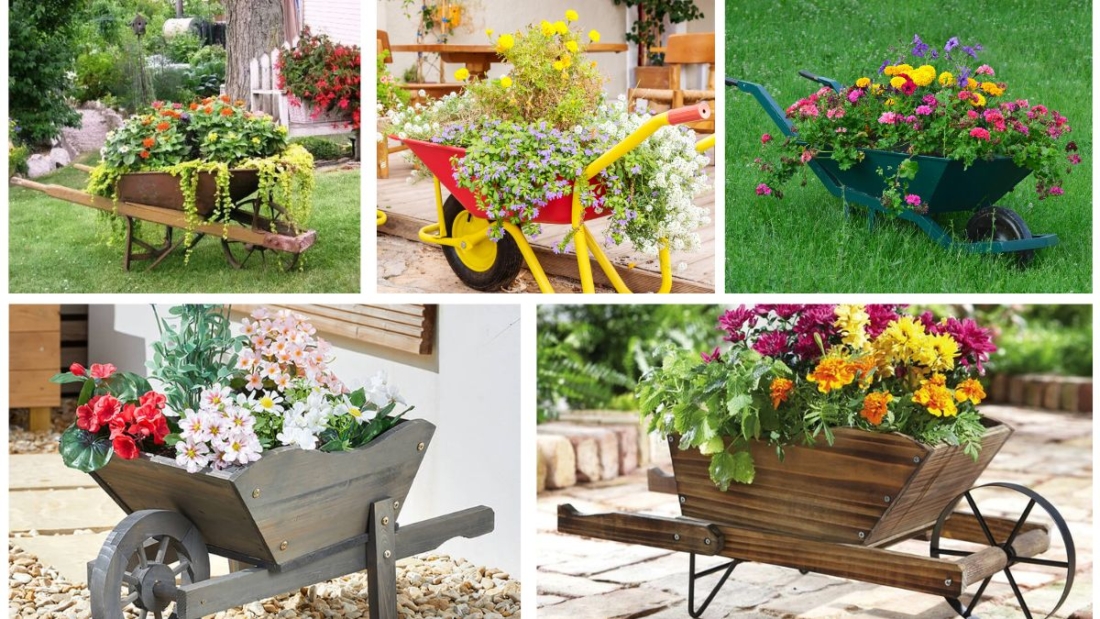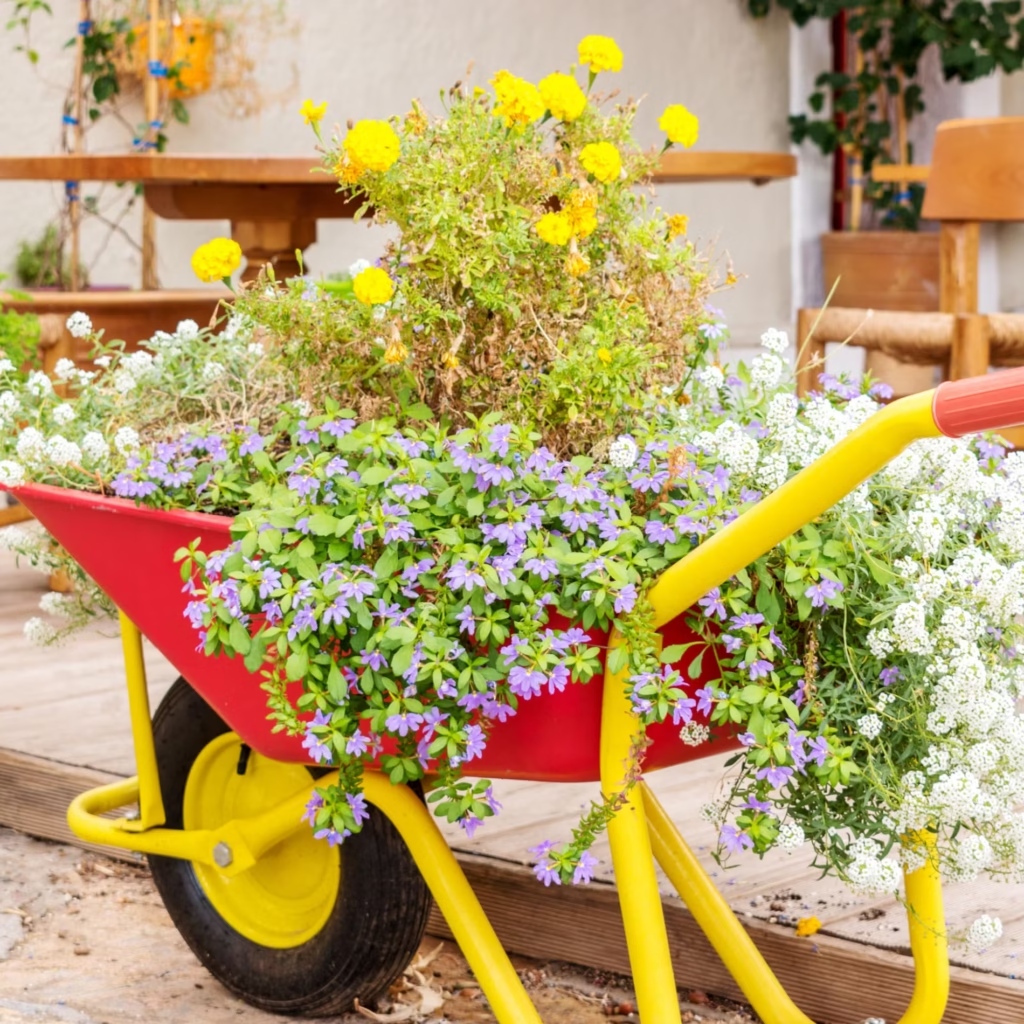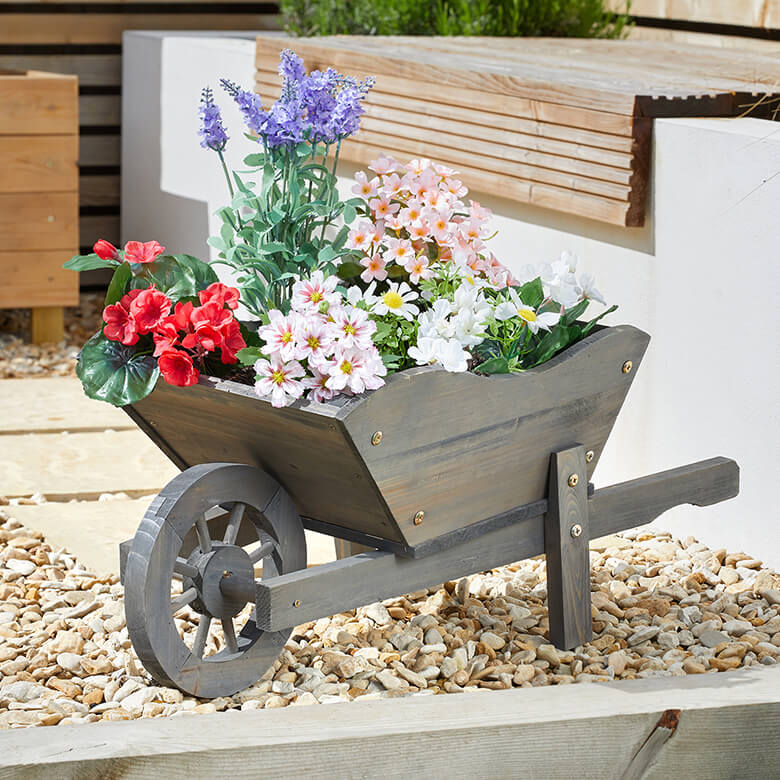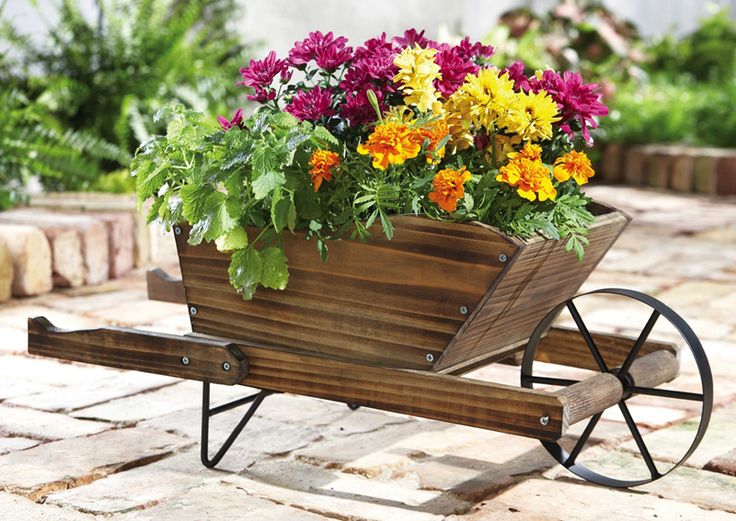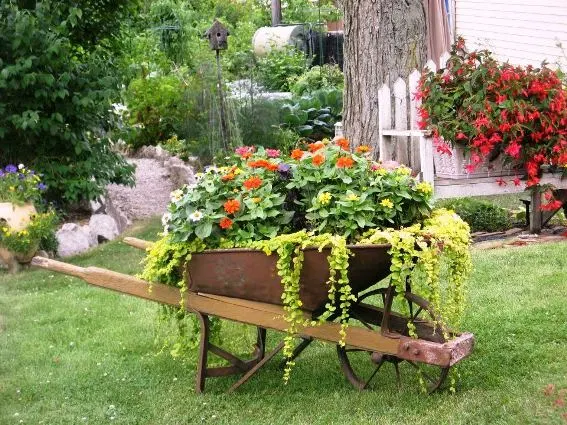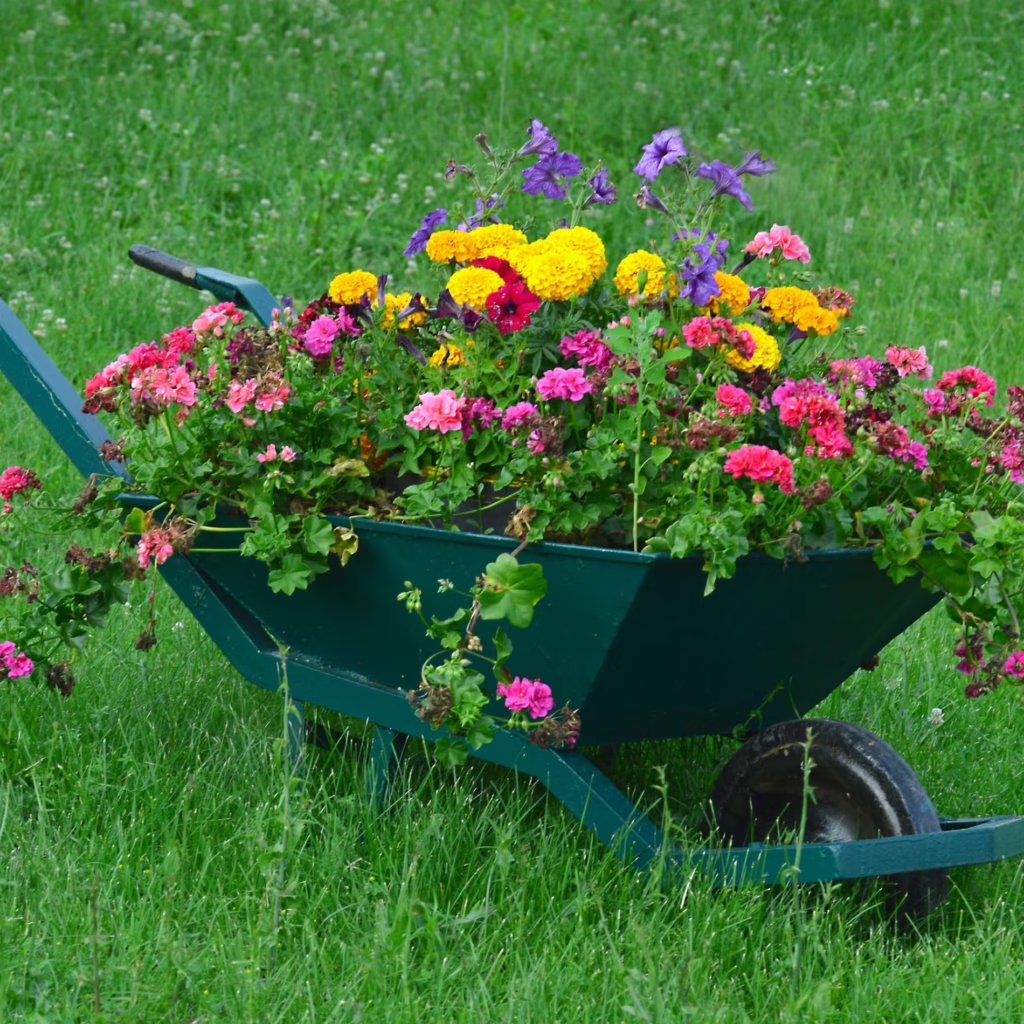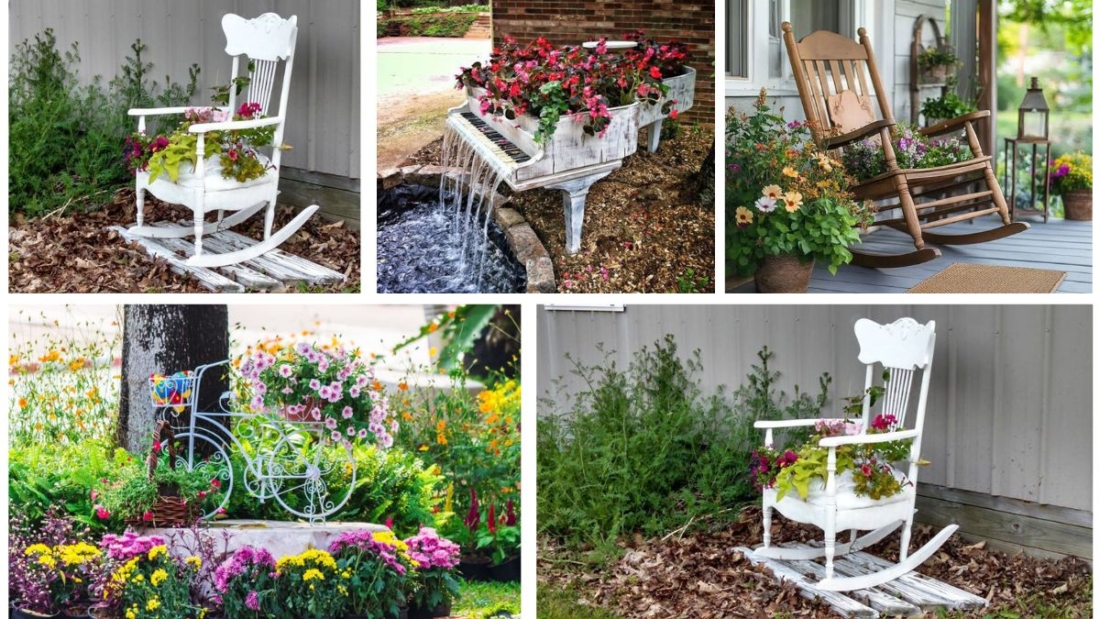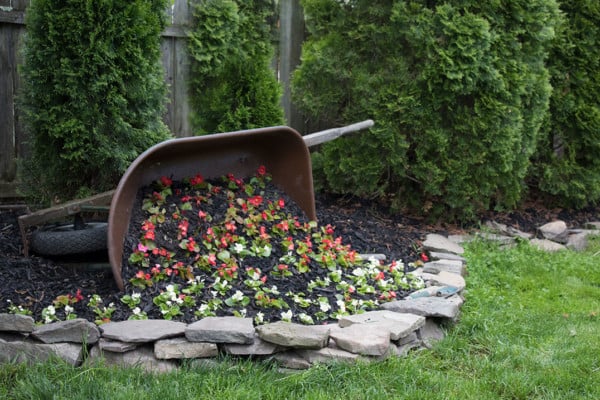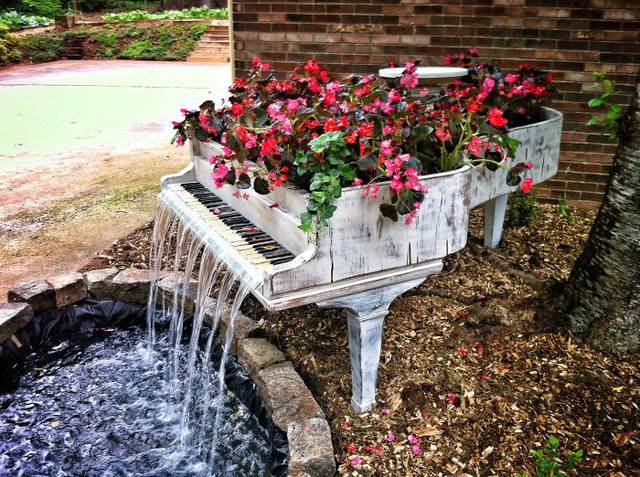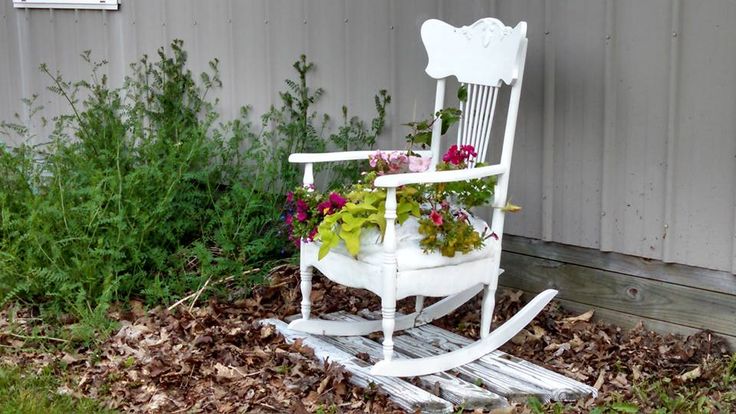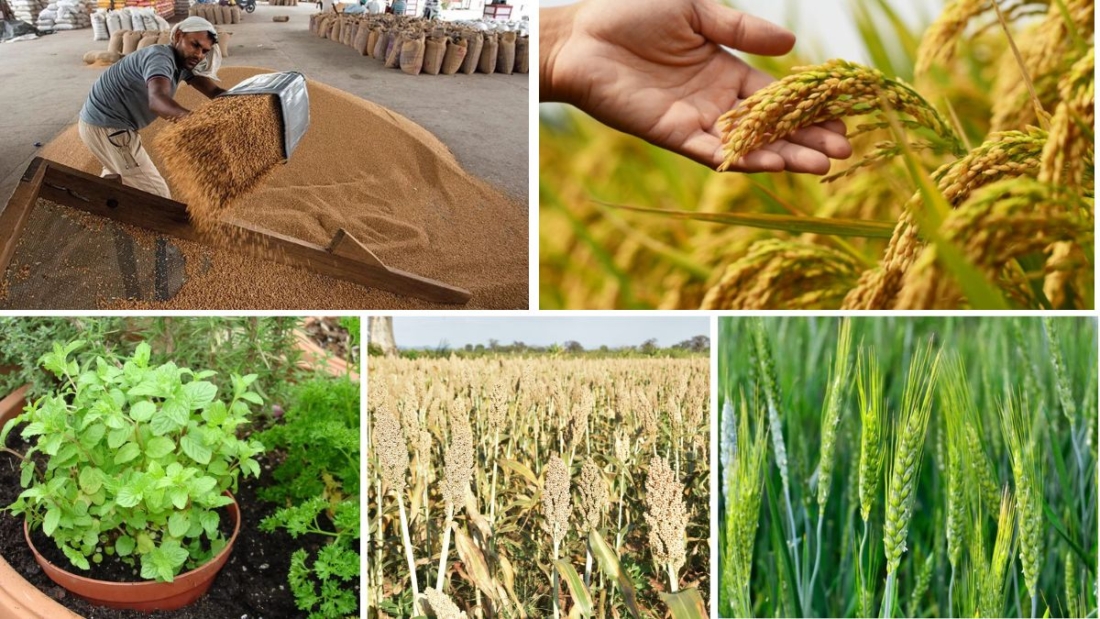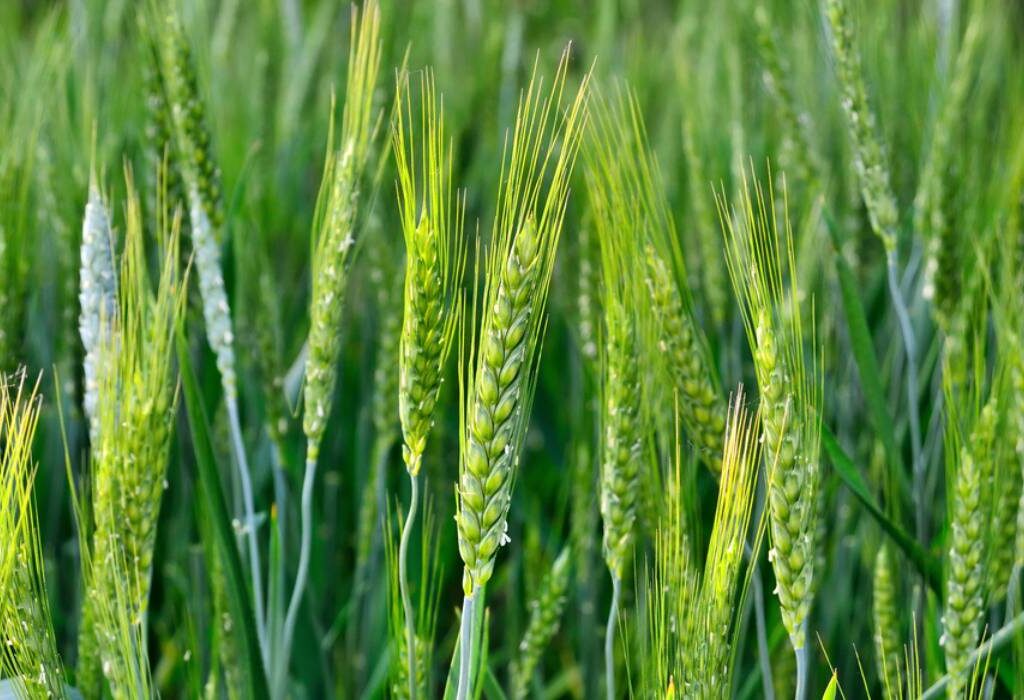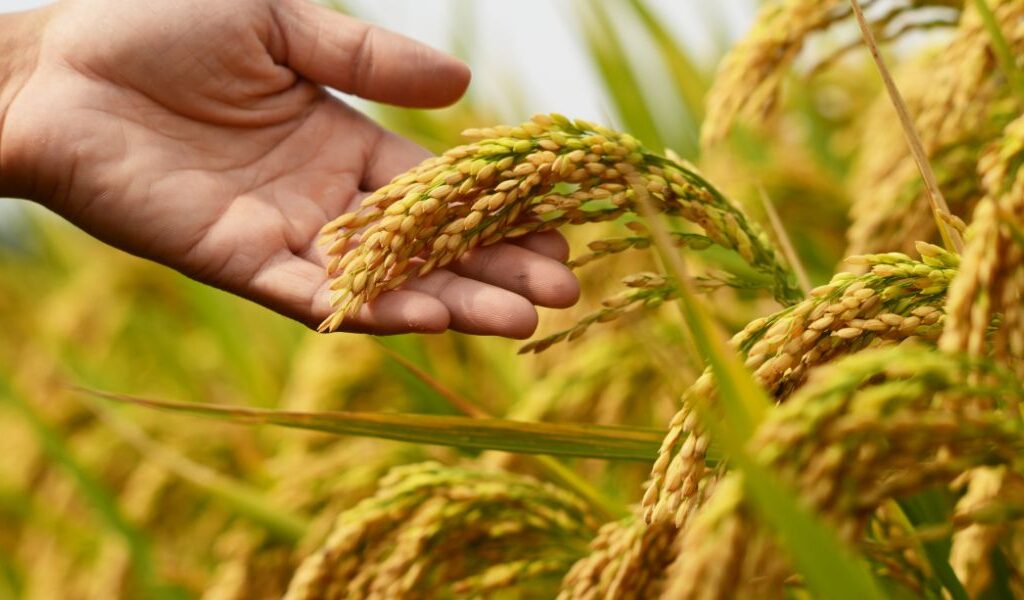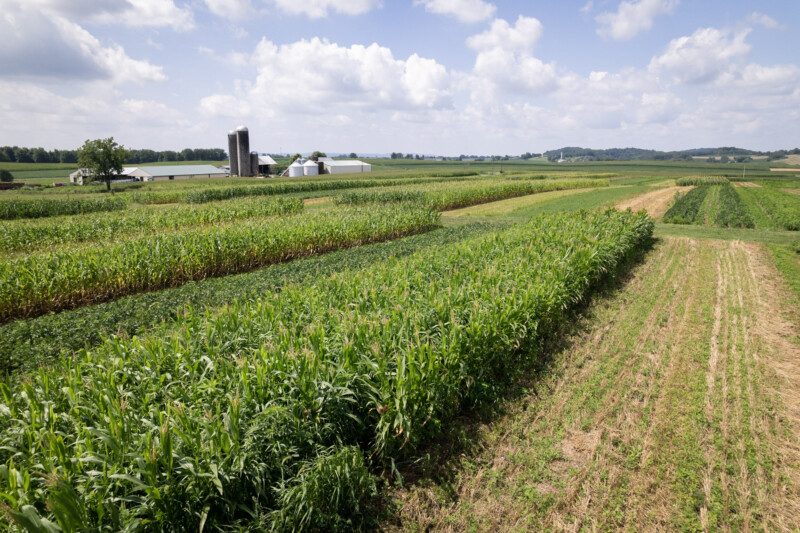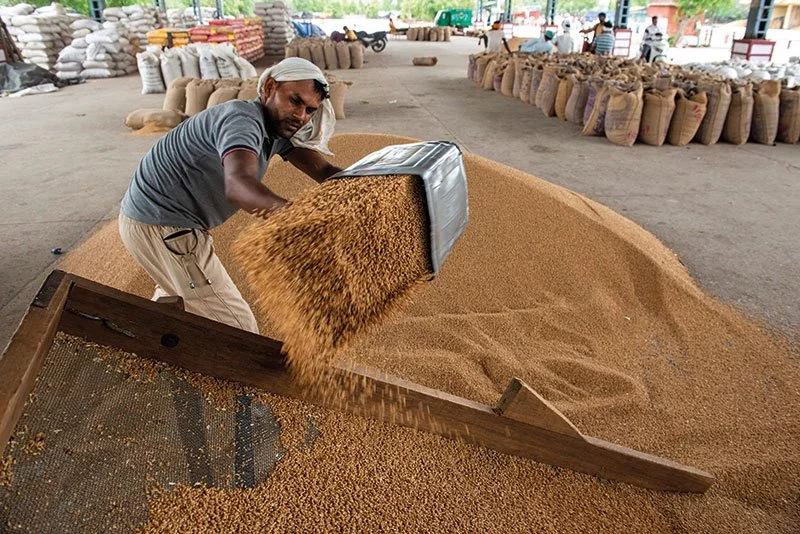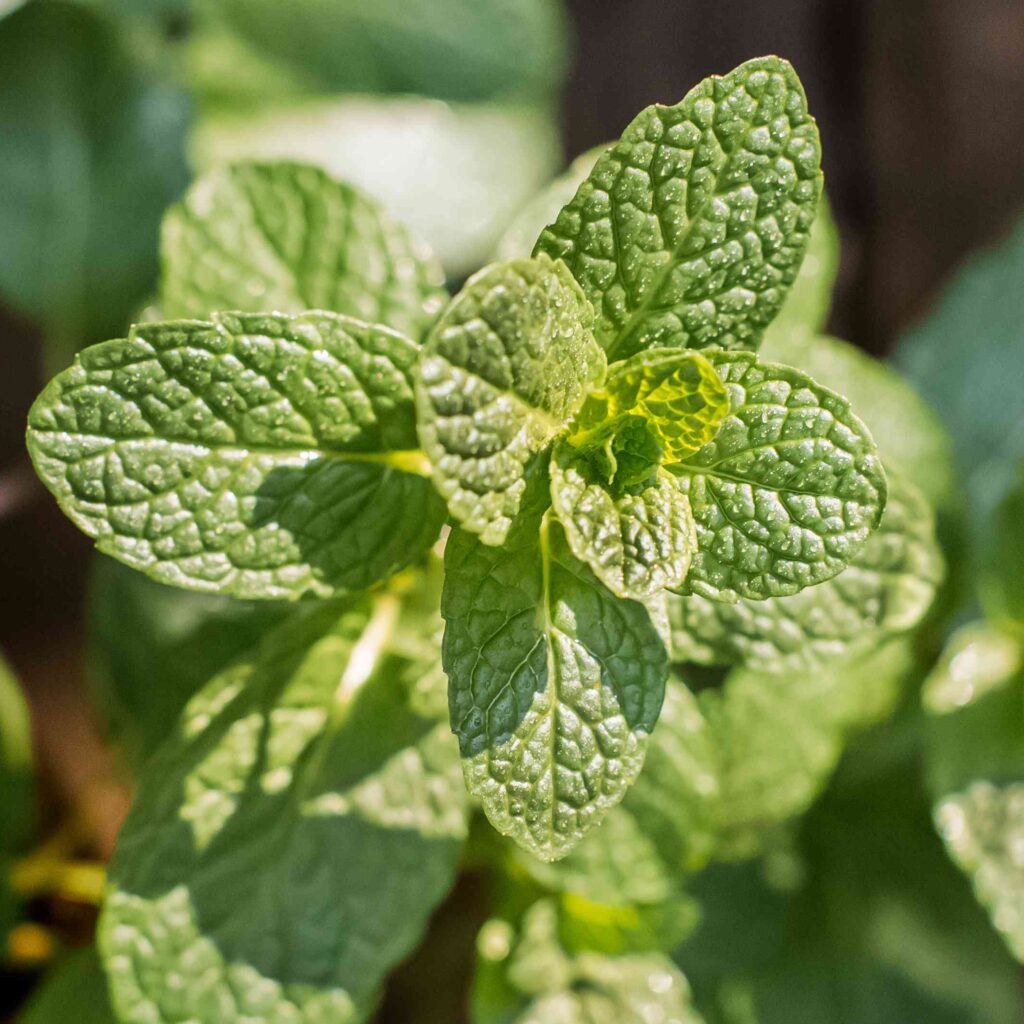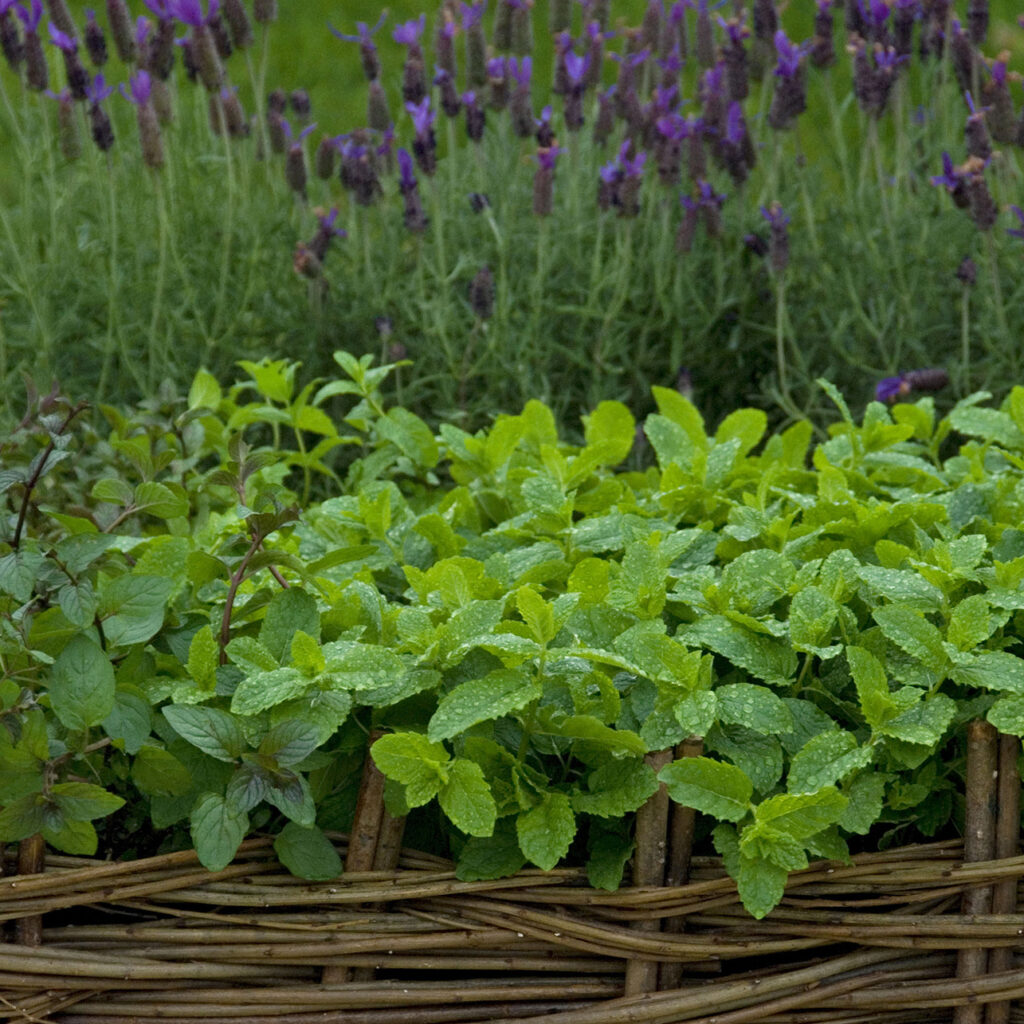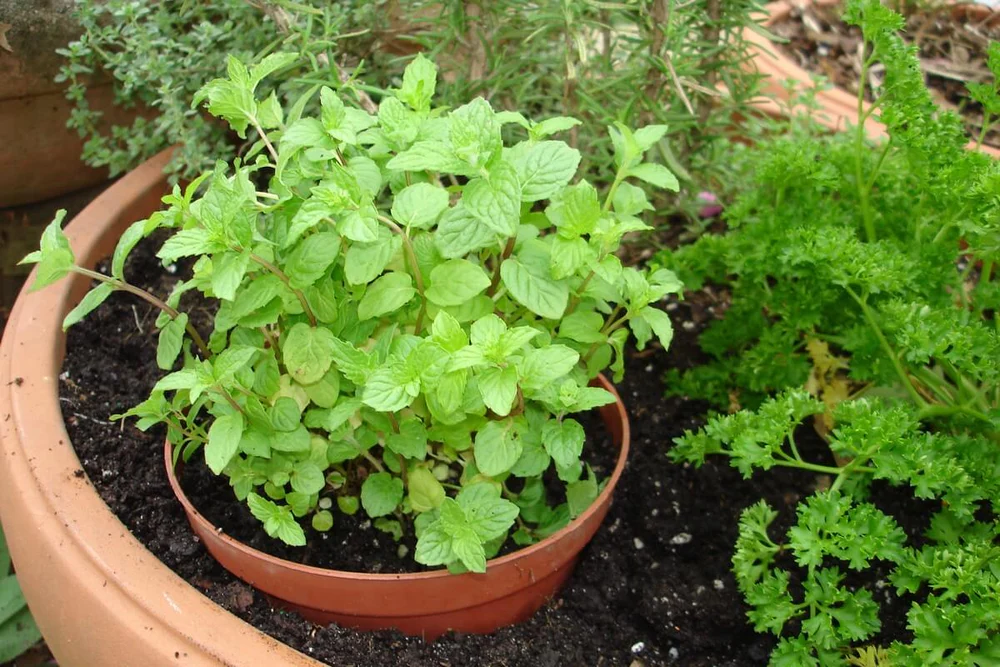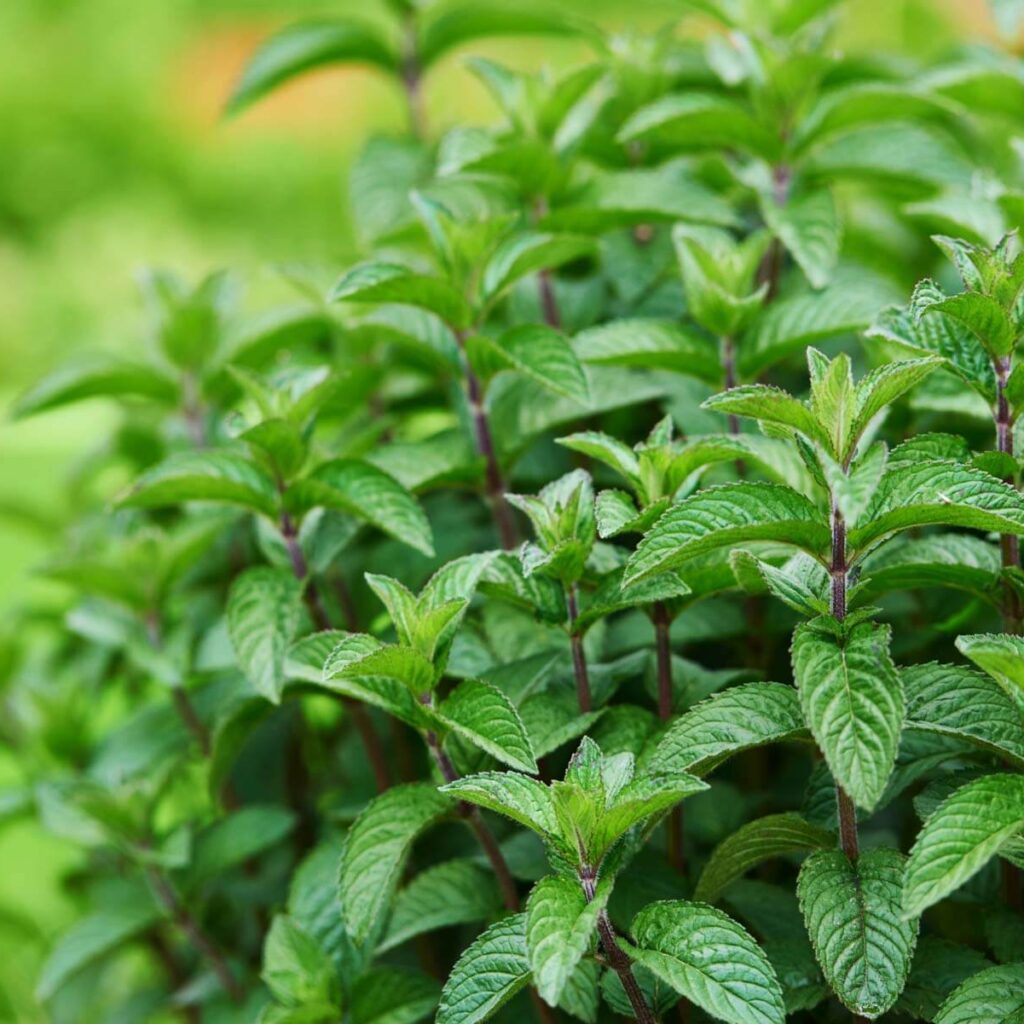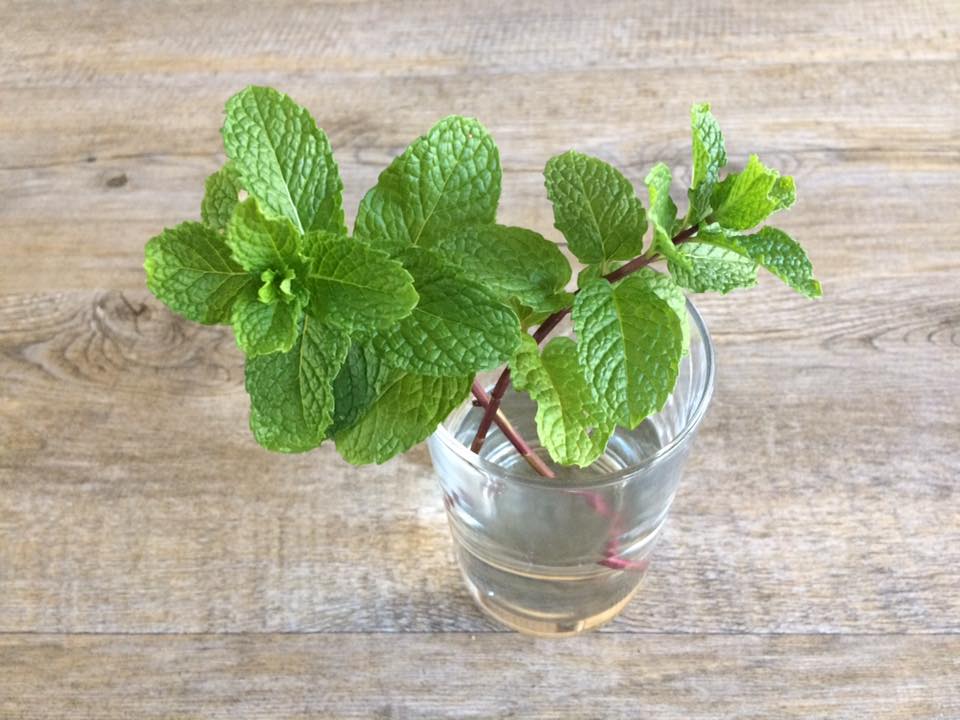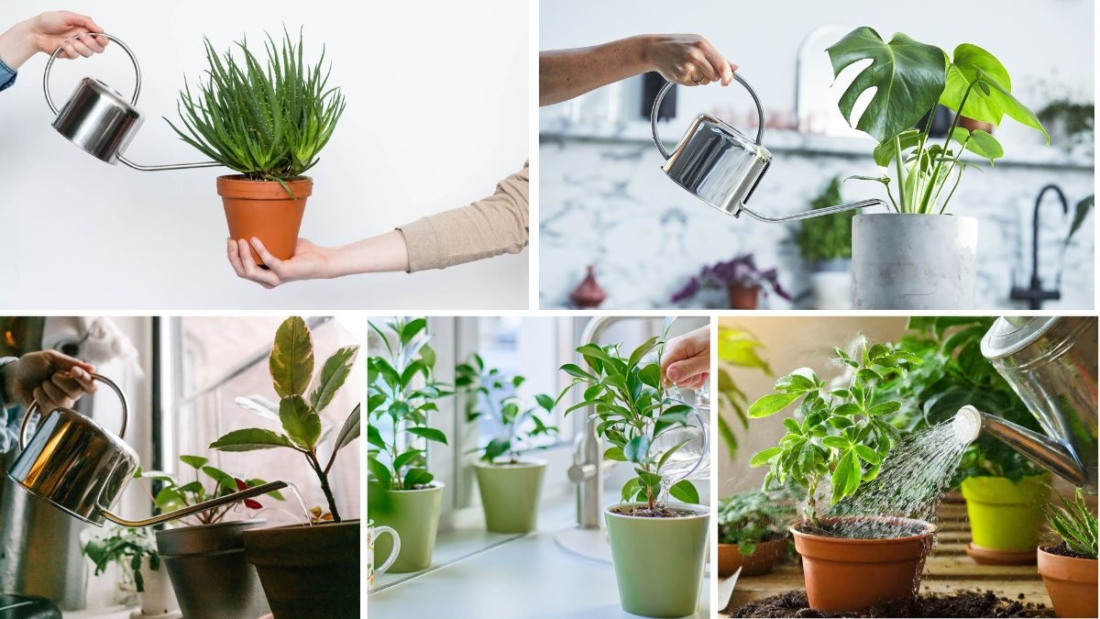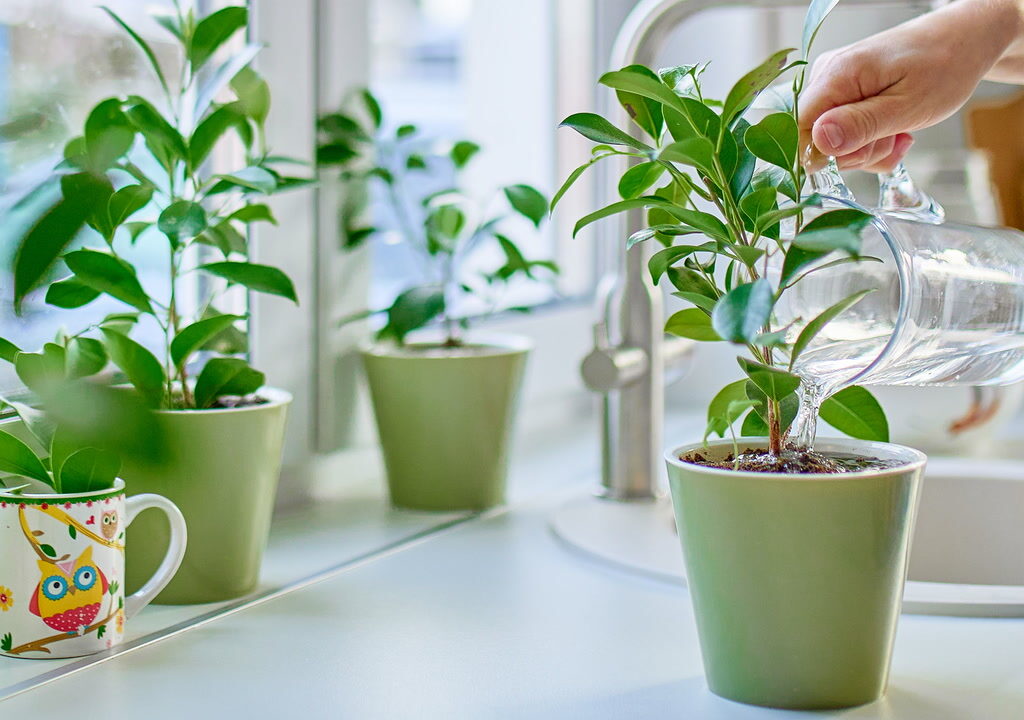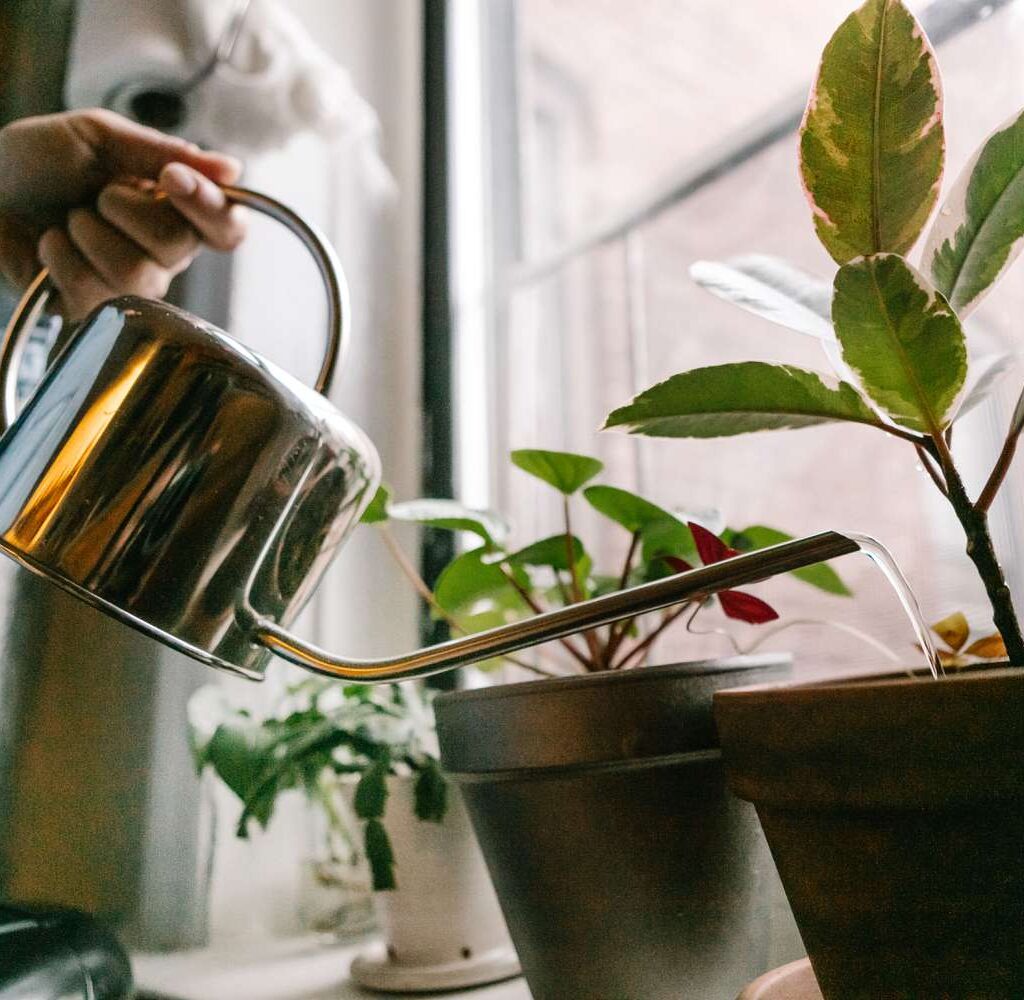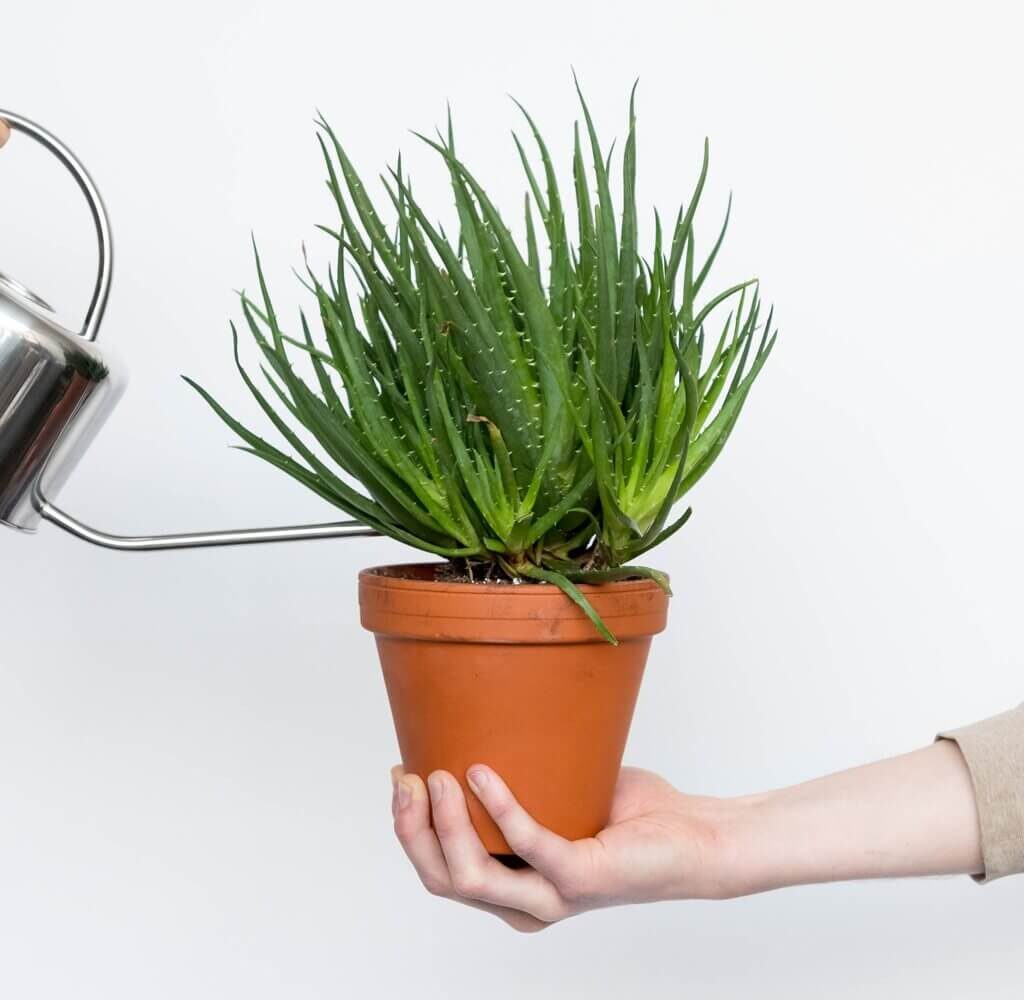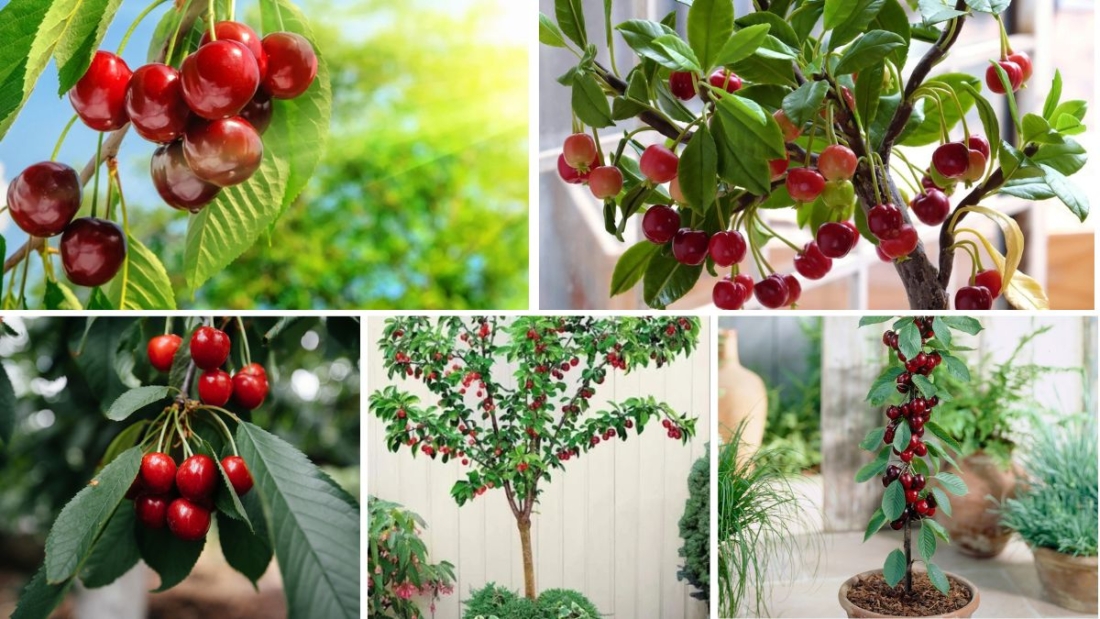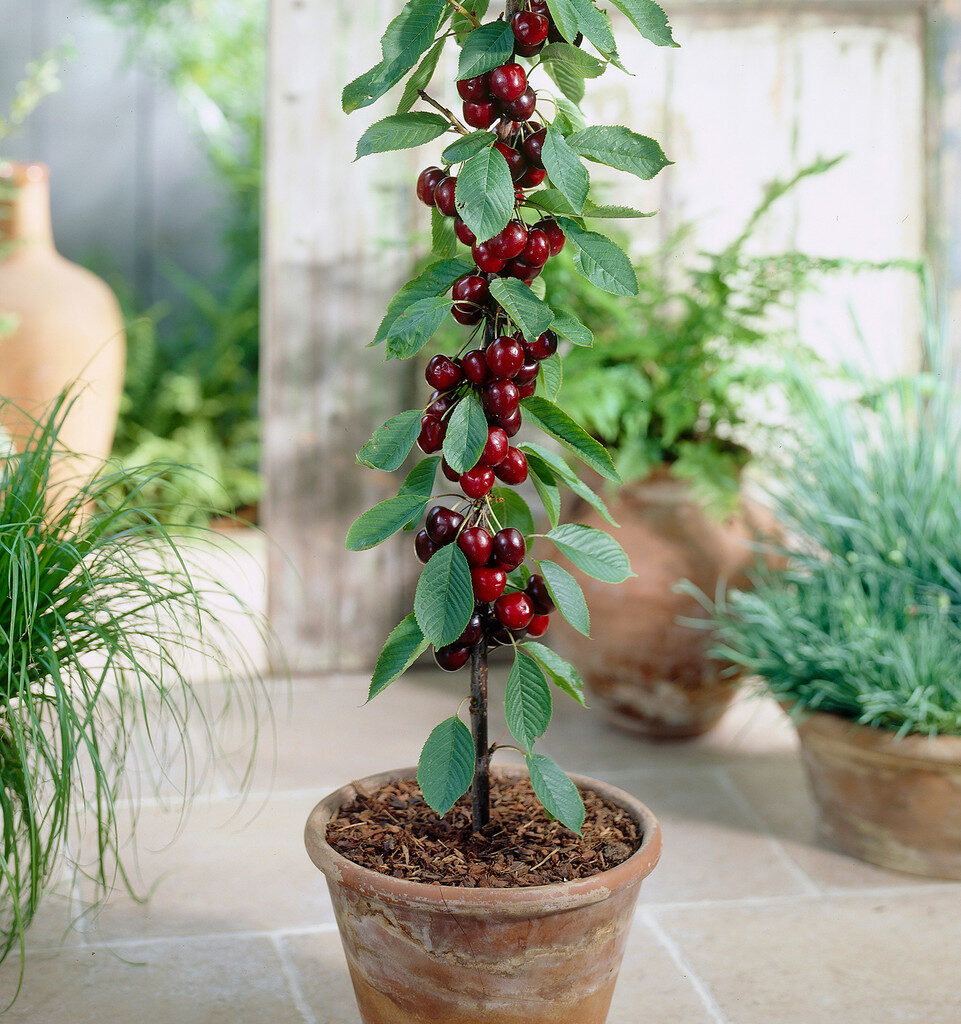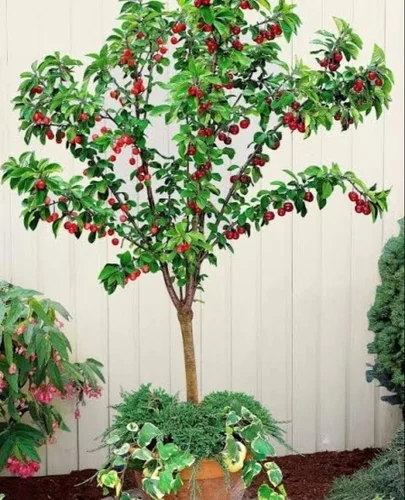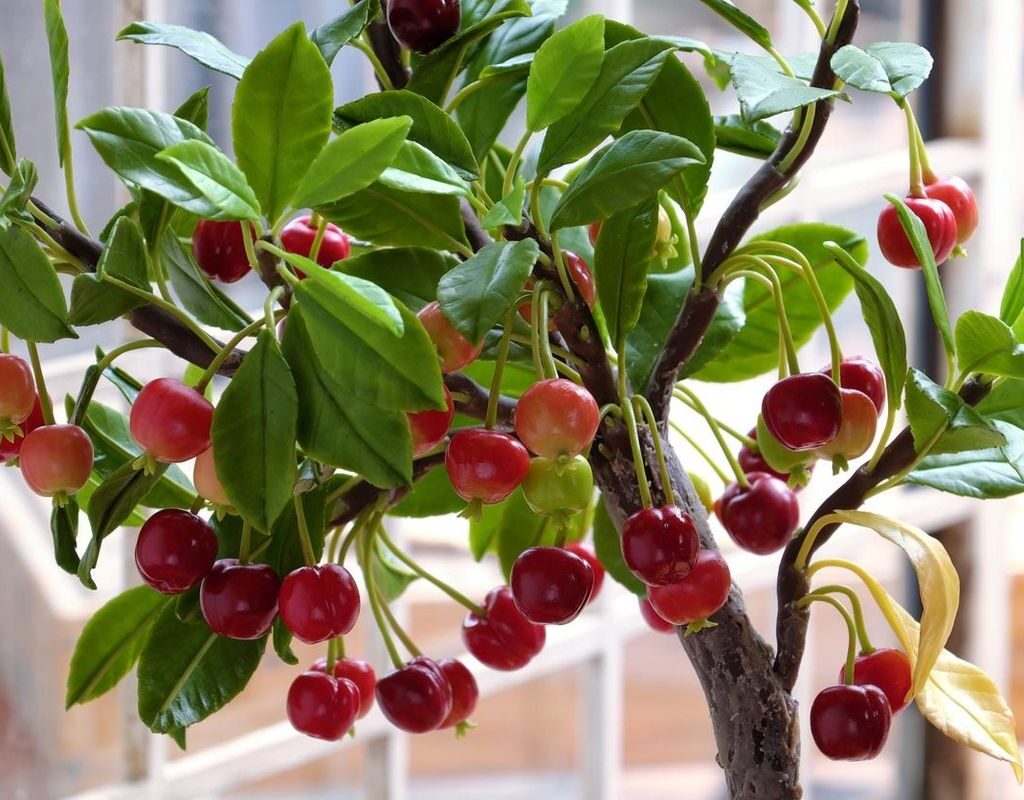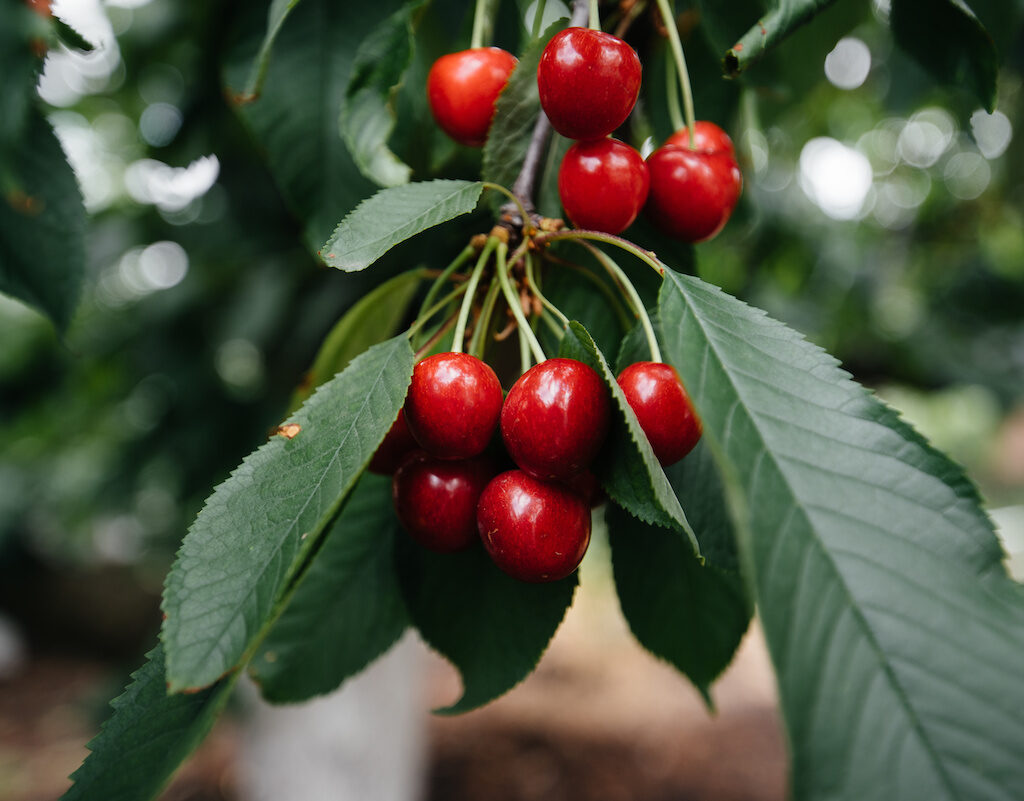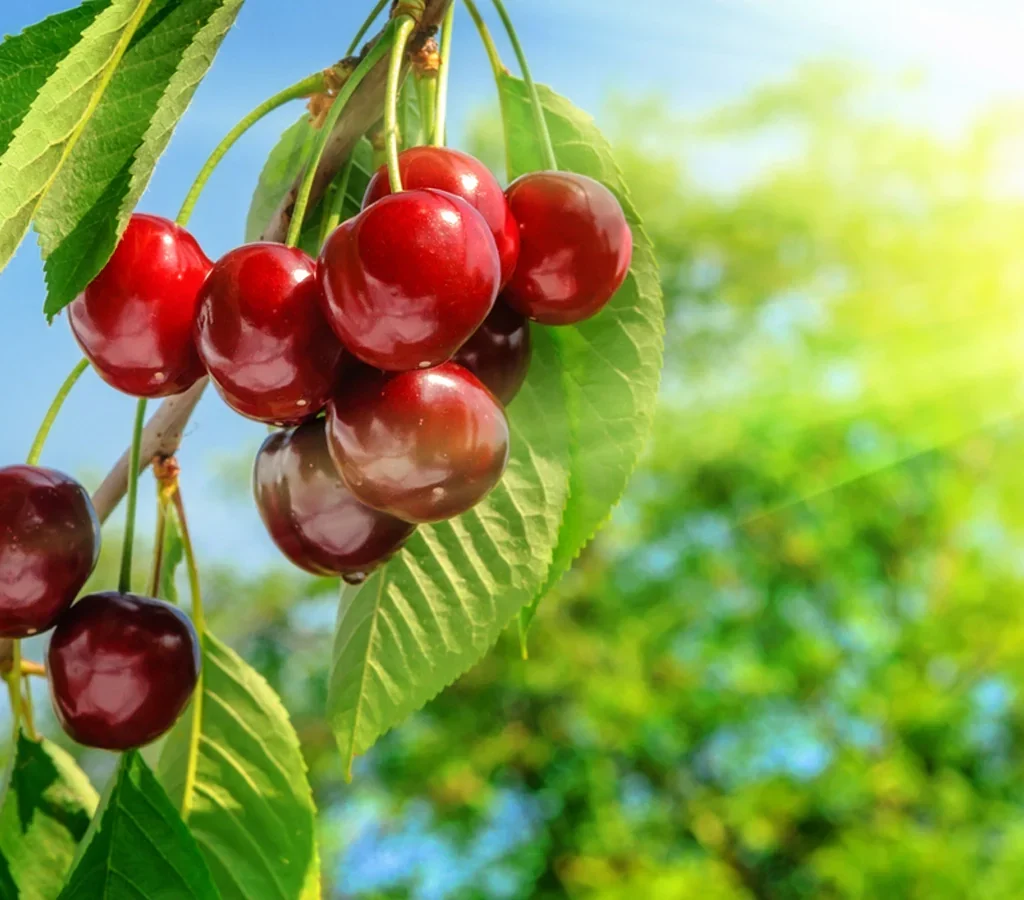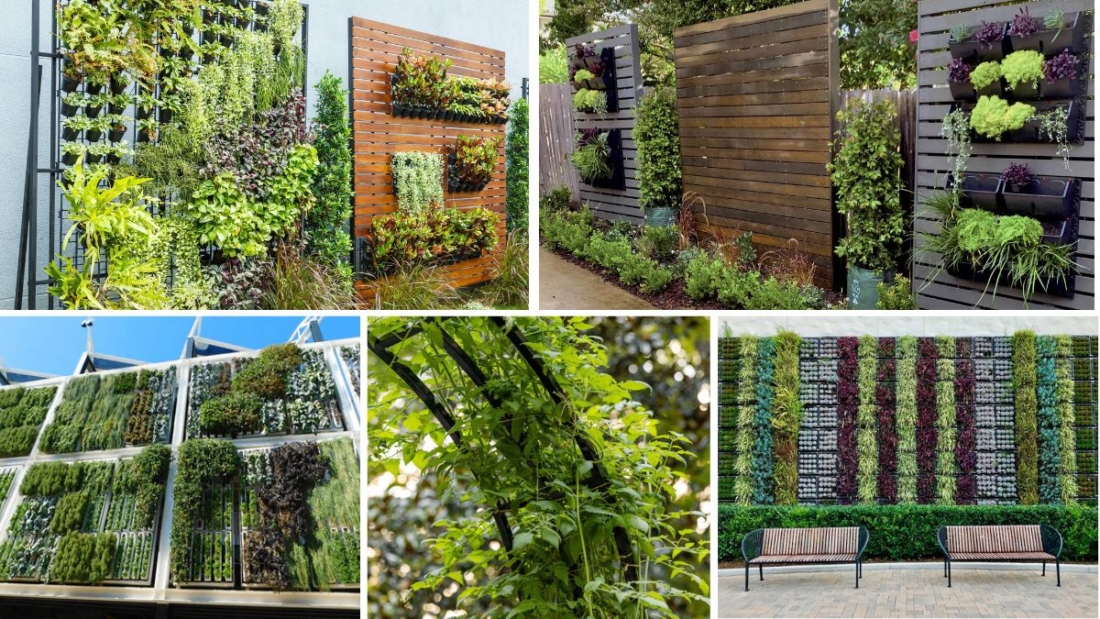Gardens have always been places of beauty, reflection, and creativity. While traditional flower beds showcase vibrant plants in simple arrangements, themed or shaped beds add an extra dimension of charm and uniqueness. Among these, heart-shaped flower beds stand out as symbols of love, warmth, and emotional connection. Whether placed in the front yard to welcome guests or in a private corner as a romantic retreat, heart-shaped designs instantly bring personality and tenderness to your outdoor space.
This article will walk you through the appeal of heart-shaped flower beds, their benefits, design tips, and plant suggestions, while also exploring how you can incorporate them into various garden styles.
Why Choose a Heart-Shaped Flower Bed?
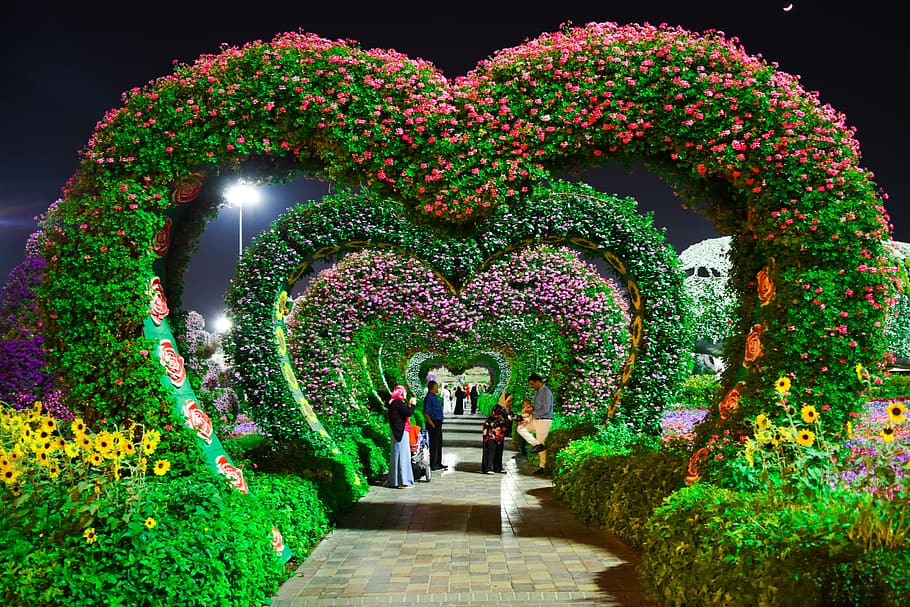
1. A Symbol of Love and Care
The heart shape universally represents affection, which makes it perfect for homeowners who want their garden to reflect emotions and relationships. It becomes more than just a flower bed—it’s a statement of warmth and thoughtfulness.
2. Unique Focal Point
Unlike traditional rectangular or circular beds, a heart-shaped layout is instantly eye-catching. It becomes a natural focal point that draws attention, creating a memorable highlight in your yard.
3. Versatility in Placement
Heart-shaped beds can fit in many different spaces: small front yards, corners, courtyards, or even as centerpieces in larger lawns. Their scale can be adjusted depending on the available area, making them suitable for both compact and expansive gardens.
4. Personal Expression
These beds can be designed to reflect your personal style—romantic, rustic, or even whimsical—depending on the plants, edging, and accessories you choose.
Design Considerations for Heart-Shaped Flower Beds

When creating a heart-shaped bed, planning is essential to ensure the shape is well-defined and visually appealing.
1. Size and Scale
- For smaller gardens, a modest heart shape filled with colorful flowers is sufficient to make an impact.
- Larger gardens can accommodate expansive heart beds with layered planting or even pathways that outline the shape.
2. Placement
- Front yard: Creates an inviting, romantic welcome.
- Backyard: Serves as a private retreat, perfect for relaxation or special gatherings.
- Pathway intersection: Works beautifully at junctions or entryways to guide the eye.
3. Defining the Shape
The outline of the heart is what makes the design recognizable. Use edging materials like:
- Brick or stone pavers for a structured look.
- Wooden logs or planks for rustic charm.
- Metal or plastic edging for clean, modern lines.
- Low hedges (such as boxwood) for a living, natural border.
4. Color and Contrast
To emphasize the shape, use bold colors or contrasting plant varieties along the outline. Bright flowers like red tulips, petunias, or geraniums along the edges highlight the heart silhouette beautifully.
Plant Ideas for Heart-Shaped Flower Beds
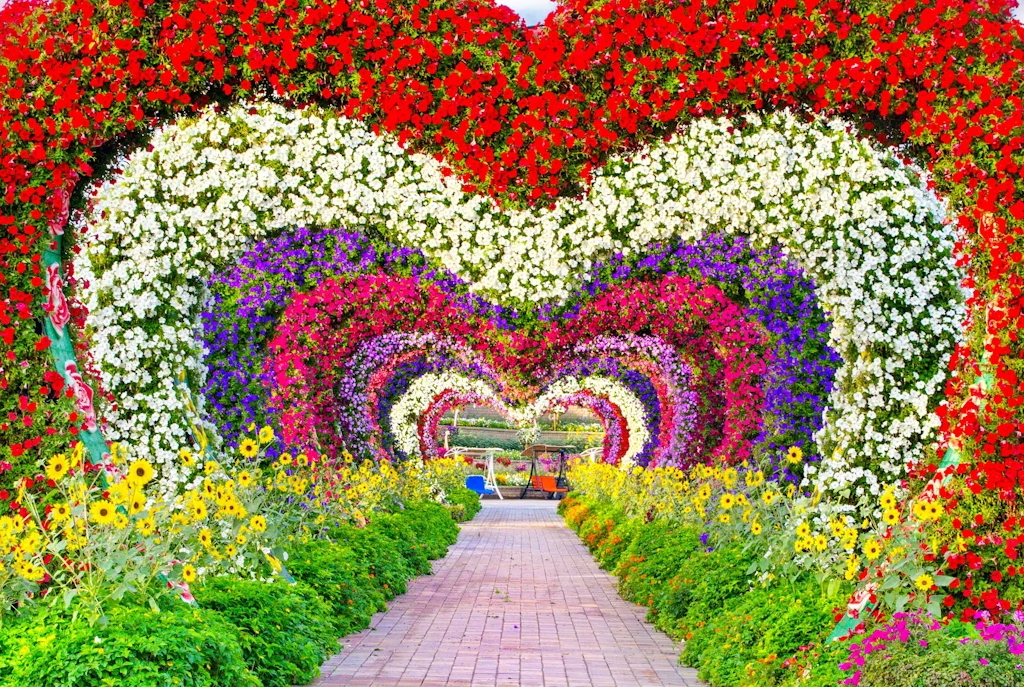
The right choice of plants enhances the charm of a heart-shaped bed. Here are some suggestions:
1. Romantic Flower Choices
- Roses: Classic and timeless, perfect for adding romance.
- Tulips: Especially red or pink tulips to symbolize love.
- Peonies: Their large blooms bring lush beauty.
- Geraniums: Hardy and colorful, great for borders.
2. Seasonal Blooms
- Spring: Daffodils, hyacinths, and tulips create a cheerful heart.
- Summer: Marigolds, zinnias, and sunflowers bring vibrancy.
- Fall: Chrysanthemums and asters extend the blooming season.
- Winter (in mild climates): Pansies and violas keep the bed colorful.
3. Layering Plants
Create depth by planting shorter flowers along the edges and taller blooms toward the center. This layering highlights the heart shape while keeping the middle full and lush.
4. Foliage Plants
Incorporating foliage adds balance:
- Hostas for lush greens.
- Coleus for colorful leaves.
- Dusty miller for silvery contrast.
Creative Themes for Heart-Shaped Beds
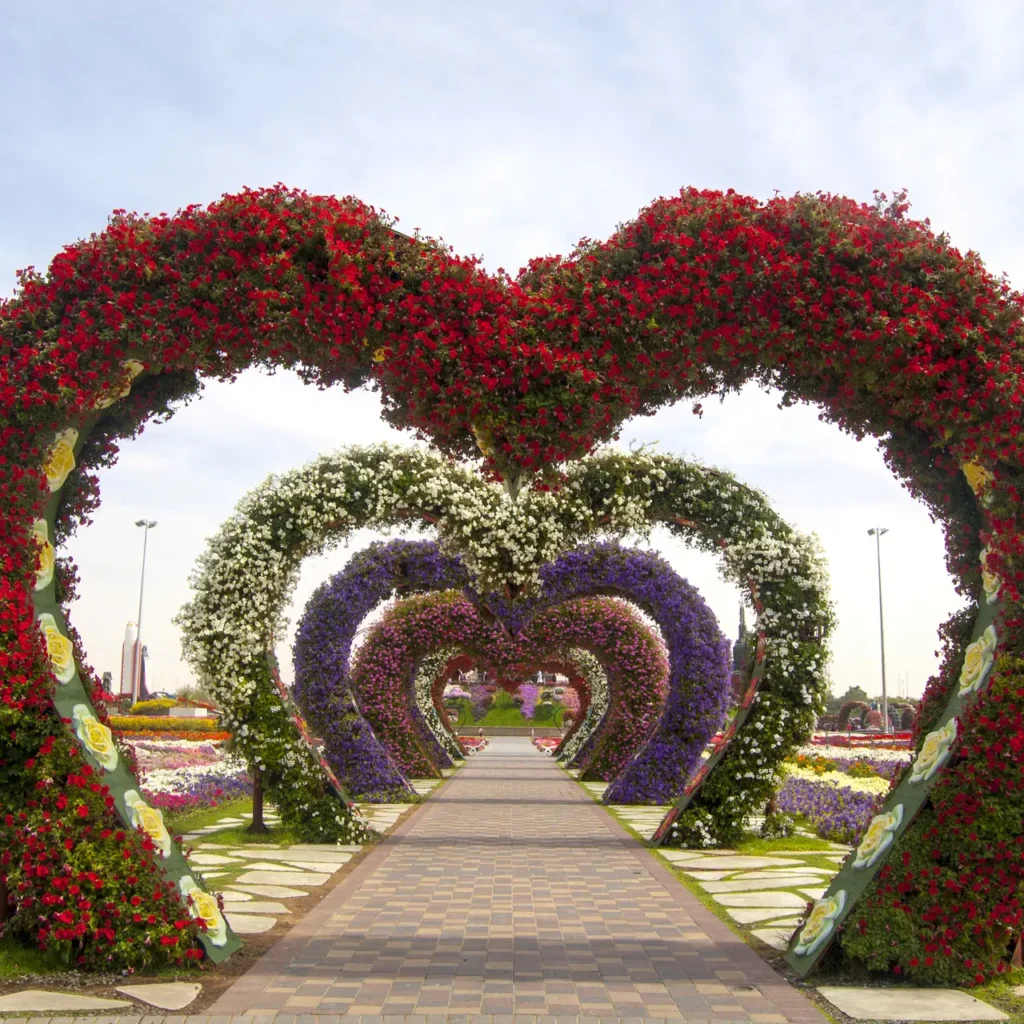
Heart-shaped flower beds can follow unique themes depending on your garden’s overall design:
1. Romantic Garden Corner
Fill the bed with red roses, pink tulips, and lavender, then add a small bench nearby. This becomes a romantic hideaway for reading, reflection, or enjoying quiet moments.
2. Whimsical Style
Combine multicolored flowers with fairy garden accessories, like miniature lanterns or stepping stones shaped like hearts, for a playful, enchanting look.
3. Rustic Farmhouse Look
Use reclaimed wood or stone as edging and plant wildflowers such as daisies, coneflowers, and sunflowers for a casual, countryside vibe.
4. Modern Minimalist
Opt for monochromatic flowers, such as all-white petunias or lilies, paired with sleek metal edging. The simplicity emphasizes elegance.
How to Build a Heart-Shaped Flower Bed Step by Step
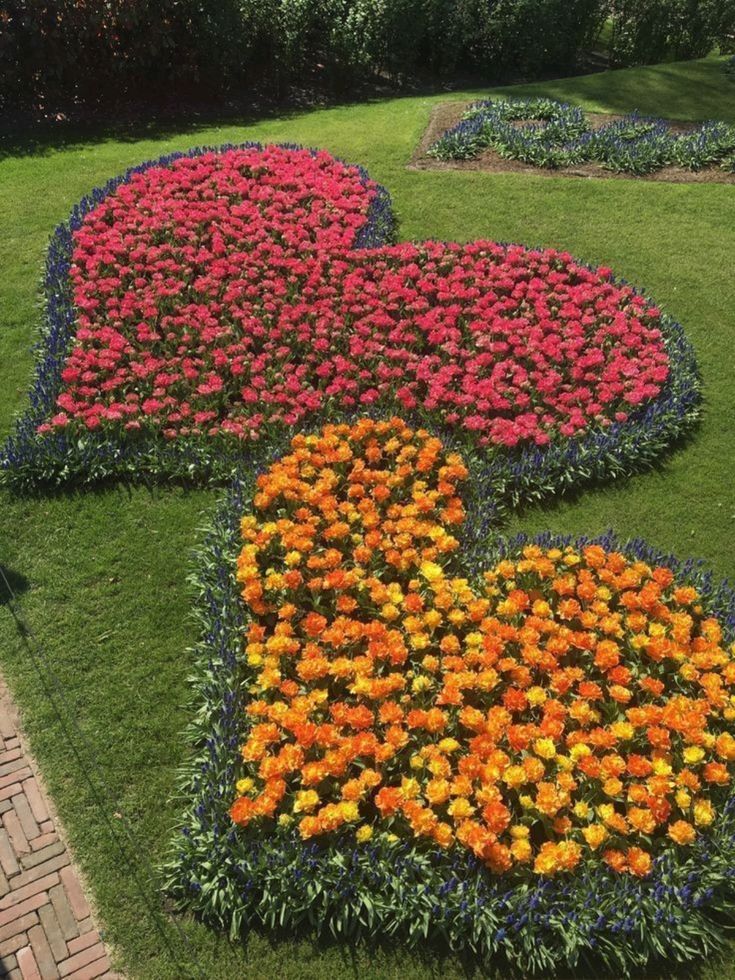
- Choose the Spot: Pick an area with enough sunlight (most flowering plants require 6–8 hours of sun daily).
- Sketch the Shape: Mark the heart outline using chalk, spray paint, or a garden hose.
- Prepare the Soil: Remove grass or weeds, then enrich the soil with compost or organic matter.
- Add Edging: Lay down your chosen material to define the heart’s borders.
- Planting: Start with edge plants, then fill the center with taller or complementary flowers.
- Mulching: Apply mulch to retain moisture and enhance the shape’s definition.
- Maintenance: Regular watering, pruning, and fertilizing will keep the heart lush and healthy.
Benefits Beyond Beauty
While aesthetics are the primary draw, heart-shaped flower beds also offer practical benefits:
- Encouraging Pollinators: Flowers like lavender, marigolds, and zinnias attract bees and butterflies, boosting garden biodiversity.
- Soil Improvement: Adding organic matter and mulching improves soil structure and fertility.
- Wellness Impact: Caring for a heart-shaped flower bed provides therapeutic benefits, combining creativity with stress relief.
Inspiring Placement Ideas
- Wedding or Anniversary Spot: Perfect as a centerpiece in backyards, creating a romantic ambiance for celebrations.
- Public Parks or Community Gardens: A heart-shaped bed can symbolize unity, love, and togetherness.
- Courtyard Corners: Brightens overlooked spaces and transforms them into points of interest.
Tips for Long-Term Success
- Refresh seasonal plants to keep the bed colorful year-round.
- Add solar lights along the edging to make the shape glow at night.
- Incorporate pathways around or through the heart to make it more interactive.
- Don’t overcrowd plants—leave enough space for growth.
Conclusion
Heart-shaped flower beds are more than just gardening projects—they are expressions of love, care, and creativity. Whether you want to create a romantic retreat in your backyard, a whimsical feature in your front yard, or a symbolic centerpiece in a community space, these designs instantly enhance charm and personality. With thoughtful planning, plant selection, and maintenance, a heart-shaped bed will not only beautify your garden but also create a lasting impression of warmth and affection.
If you’re looking to add a touch of romance and uniqueness to your outdoor space, there’s no better way than crafting your own heart-shaped flower bed. It’s a garden idea that truly grows with love.
